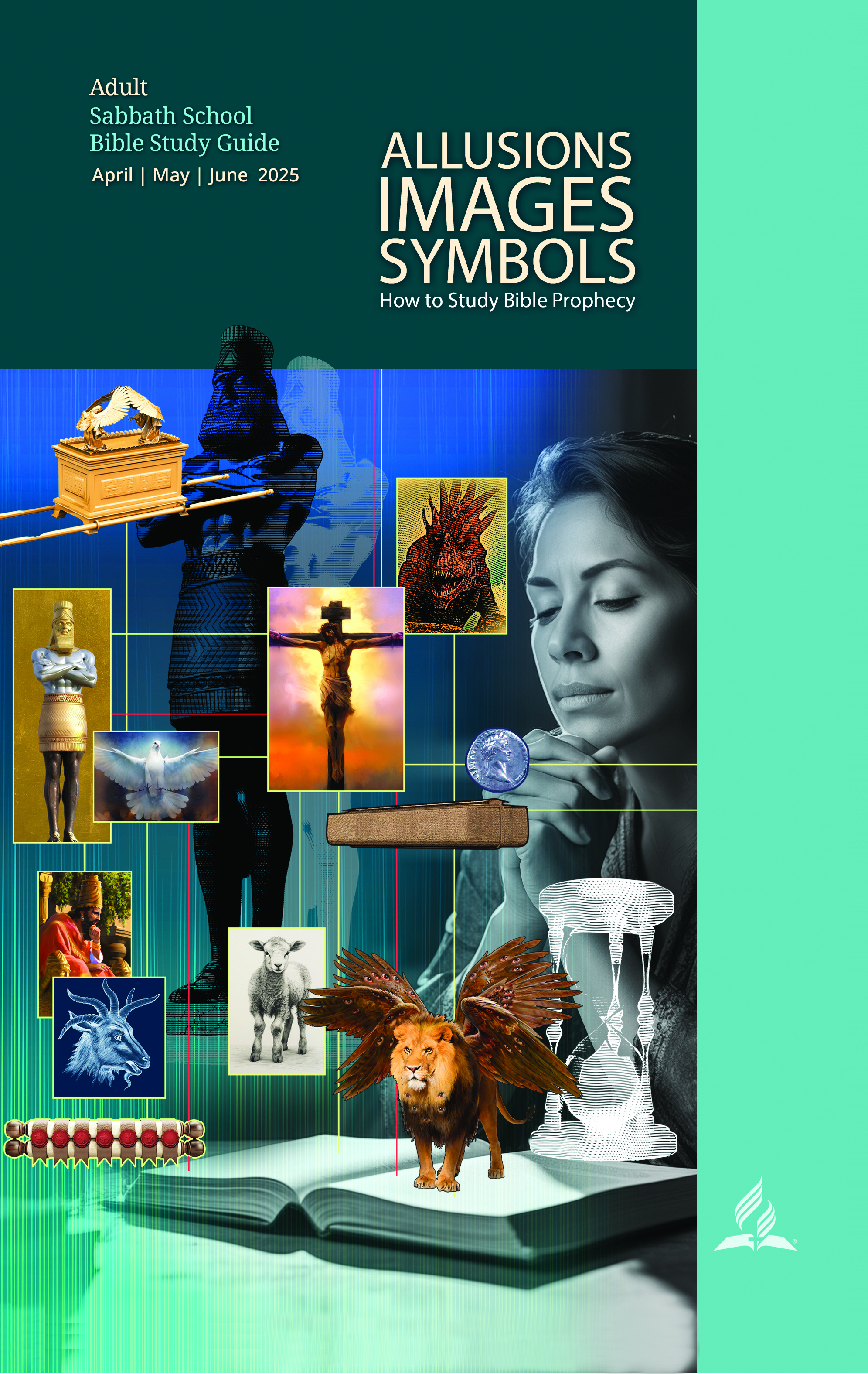
Deciphering Revelation’s Symbols and Cryptic Language
My morning devotionals have brought me to the exciting book of Revelation. Some might read this and think what can be so exciting about a book that can’t be understood. I empathize with your feelings.
Notwithstanding, while Revelation is written in cryptic language, we can’t lose sight of the fact that its name is antithetical to a sealed or locked away understanding of its contents. In other words, the very word “Revelation” depicts disclosure. In the sense of scripture and theology, and according to the preamble found in verses 1-3 of chapter 1, God is disclosing to us what will take place in the future. Crafted in mysterious symbols, are the keys to our future. The history of humanity through the restoration of God’s kingdom, the destruction of evil, and the recreation of the earth are neatly tucked into the pages of the holy canon’s final volume.
“But, how can I understand it if it’s encrypted with symbols, types and antitypes?” you ask. You can’t! Well, you can’t on your own, that is. Let’s allow Jesus to explain it better. In Matthew 13:10, after Jesus shared the parable of the sower, the disciples asked him “Why do you speak to them in parables?” To some, Christ’s answer may seem to be as much a parable as the original parable itself. “Because it has been given to you to know the mysteries of the kingdom of heaven, but to them it has not been given. . . . Therefore I speak to them in parables, because seeing they do not see, and hearing they do not hear, nor do they understand” (Matthew 13:11, 13).
“What?” you say. “What can He possibly mean with that riddle?” Don’t worry or get discouraged—just keep reading. It’s important to notice what Jesus does next. In fact, His actions are the key to interpreting His words.
 Notice that from verses 18-23 Jesus retells the parable with an explanation. Therein is our big clue. Jesus never expected them to figure it out on their own. He did not send them to the libraries of the world to conduct research on every word He used in the story. He did not call a brainstorming meeting to throw ideas around then vote on the best plausible solution. Jesus explained it to them. It was His full intent to have them sit at His feet for the interpretation. In verse 15 of the same chapter, Jesus said, “For the hearts of this people have grown dull. Their ears are hard of hearing, and their eyes they have closed, lest they should see with their eyes and hear with their ears, lest they should understand with their hearts and turn, so that I should heal them.” The reason for not understanding was not that Jesus spoke in parables but that people did not want to know, did not want to be healed, did not want to live righteous lives, therefore would not sit at the feet of Jesus for the interpretation.
Notice that from verses 18-23 Jesus retells the parable with an explanation. Therein is our big clue. Jesus never expected them to figure it out on their own. He did not send them to the libraries of the world to conduct research on every word He used in the story. He did not call a brainstorming meeting to throw ideas around then vote on the best plausible solution. Jesus explained it to them. It was His full intent to have them sit at His feet for the interpretation. In verse 15 of the same chapter, Jesus said, “For the hearts of this people have grown dull. Their ears are hard of hearing, and their eyes they have closed, lest they should see with their eyes and hear with their ears, lest they should understand with their hearts and turn, so that I should heal them.” The reason for not understanding was not that Jesus spoke in parables but that people did not want to know, did not want to be healed, did not want to live righteous lives, therefore would not sit at the feet of Jesus for the interpretation.
Not much has changed in the past 2000 years. The book of Revelation, along with the rest of scripture, was not given so that it could be understood by the human, sinful, fallen mind. Through the inspiration of God Himself, the pages and content were put together in such a way as to necessitate an interpreter. It has been Christ’s full intent to reveal the meaning of His word to all who are willing to sit at His feet. But that’s the key. We must be willing to sit at His feet and hear the interpretation. Ok, I think I understand, you might be thinking. But, Jesus is not in front of me. I can’t see Him therefore I can’t sit at His feet much less hear him.
True. But after Christ ascended to heaven, sitting at the feet of Jesus took a different meaning for His church. Here is what Jesus said: “Nevertheless I tell you the truth. It is to your advantage that I go away; for if I do not go away, the Helper will not come to you; but if I depart, I will send Him to you . . . when He, the Spirit of truth, has come, He will guide you into all truth (John 16:7, 13). In John 14:6 Jesus said, “I am the way, the truth, and the life.” From these two passages we understand that the Spirit guides us into Jesus. When this reality is coupled with John 5:39: “. . . scriptures. . . testify of Me,” we reach the undeniable conclusion that sitting at the feet of Jesus entails the Holy Spirit teaching us about Jesus through the Bible.
So in a nutshell, understanding the Bible, including the difficult language and symbols of Revelation, is accomplished through a prayerful attitude, asking for the Holy Spirit’s guidance and a diligent study of the entire book. Isaiah 28:10 describes the model of study this way: “For precept must be upon precept, precept upon precept, line upon line, line upon line, here a little, there a little.” In these final days, God is disclosing to the world the things that are shortly to take place. The events of earth’s final moments have been prophetically recorded in His word and can be understood by all who are willing to listen and to allow their hearts to be molded and changed. Those who ultimately understand and are subsequently saved share the common reality of having lingered long at the feet of Jesus through prayer and diligent Bible Study.
It’s our prayer at the Voice of Prophecy that you will pick up the Word of God and linger long in God’s presence. If you desire to dig deeper into scripture and don’t know where to start or are looking for study guides, follow the Bible Studies link at the top of the page.



